Basics and philosophy of Washoku
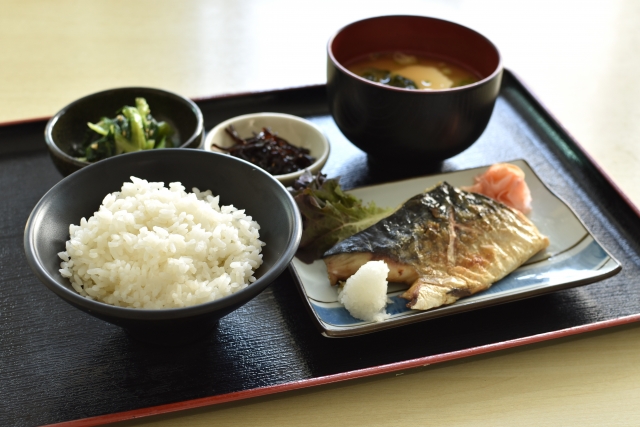
Washoku is Japan’s traditional dining culture, encompassing fundamental elements such as ingredients, cooking methods, and eating etiquette. The allure of Washoku is deeply rooted in these fundamental elements and philosophies.
The basic components of Washoku include staple foods (rice), main dishes, side dishes, soup, pickles, and condiments. These elements harmonize and create a well-balanced meal. Rice, as the staple food, plays a pivotal role in Japanese cuisine, with diverse cooking techniques and varieties. It serves as the foundation while balancing with other dishes.
The philosophy of Washoku emphasizes balance, seasonality, and aesthetics. Meals achieve nutritional equilibrium and celebrate diversity through the utilization of seasonal ingredients. Washoku places great importance on the visual aspect of food, using colorful ingredients and tableware to delight the eyes.
For instance, the balance in Washoku can be likened to an orchestra in music. Just as various instruments provide different tones and collaborate to create harmonious compositions, the elements of Washoku work together to provide a well-balanced meal.
Moreover, the connection between seasonality and ingredients is an integral part of Washoku’s aesthetics. Enjoying seasonal ingredients in alignment with nature’s changes not only reflects the beauty of the natural world but also adds vibrancy to the dining experience.
The History and Culture of Washoku
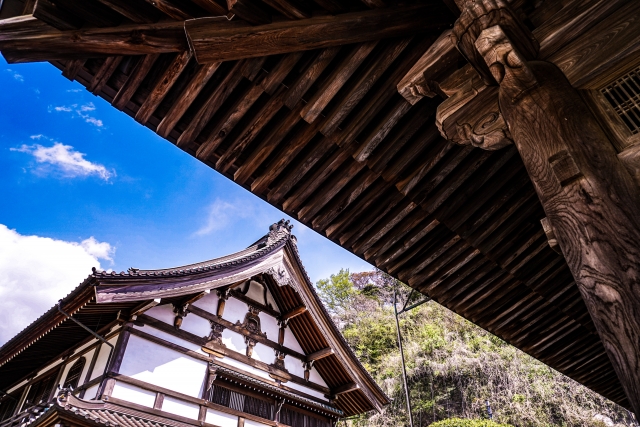
The history of Washoku is an essential part of Japanese culinary culture, with deep-rooted origins and significance in Japan’s eating practices. Washoku plays a crucial role in Japanese meals and is intricately interwoven with the cultural backdrop.
The culinary culture of Japan can be traced back to the Nara period, drawing influences from China while evolving into a unique and distinct form. It was during the Edo period that Japan’s distinctive food culture began to take shape, fostering a wide variety of cooking methods and culinary techniques. The dining style of the Edo period introduced numerous elements that have been passed down to modern-day Washoku, serving as the foundation of Japan’s traditional dining.
Washoku is deeply integrated into Japanese culture and is an integral part of festivals and events, where special dishes are served, reflecting the changing seasons and mystical elements at the dining table. The traditional tableware and dining etiquette associated with Washoku are also vital components of Japan’s culinary culture.
Key Washoku Dishes
Japanese cuisine, known as “Washoku,” is comprised of a variety of dishes, each with its own unique history and characteristics. Here is an explanation of some of the key Japanese dishes.
Sushi
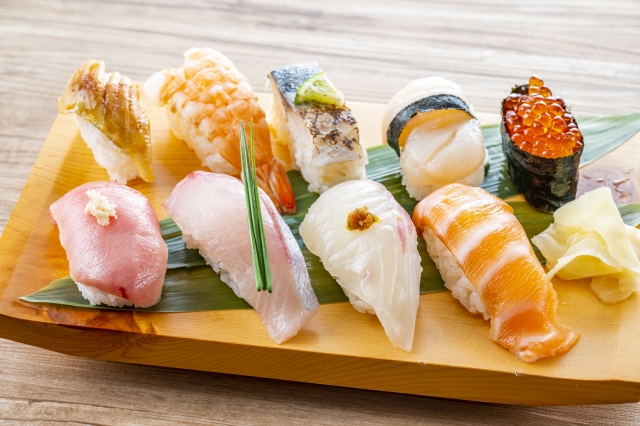
Sushi is a culinary treasure of Japanese cuisine where fresh raw fish and seafood harmoniously combine with seasoned rice. With each bite, you can savor the essence of Japanese gourmet and flavors. You can delight in a variety of fresh ingredients, and the exquisite pairing of shari (seasoned rice) and neta (ingredients) dances on your palate. Once you experience it, you’re sure to be captivated by the allure of sushi.
Sashimi

Sashimi is an elegant style of Japanese cuisine that involves thinly slicing fresh fish and shellfish. This dish is highly regarded for its emphasis on bringing out the natural flavors of the ingredients, making it a particularly luxurious and high-end choice in Japanese cuisine. The quality of the ingredients is key, and with each bite, you can appreciate the delicate deliciousness of the raw materials. Sashimi is an outstanding example of Japanese culinary culture, and surrendering to its flavors is a new adventure for the palate in the world of Japanese taste.
Ohitashi
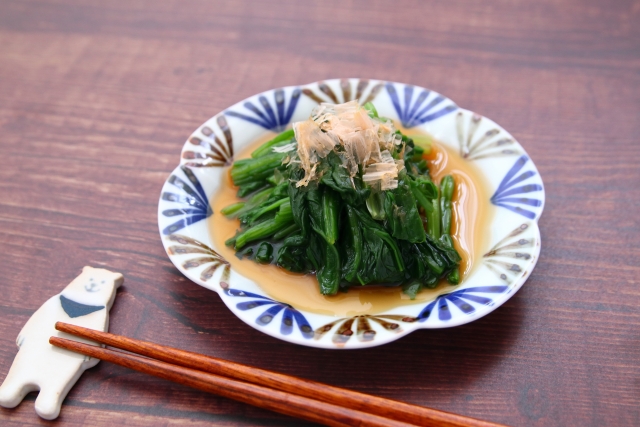
Ohitashi is a Japanese dish where vegetables or seaweed are lightly blanched and then seasoned with soy sauce and dashi (a type of stock). It’s a dish that highlights the natural flavors of vegetables and allows you to enjoy a gentle, body-friendly deliciousness. Ohitashi is an appealing choice for those who value their health, offering the wonderful taste of vegetables.
Nimono
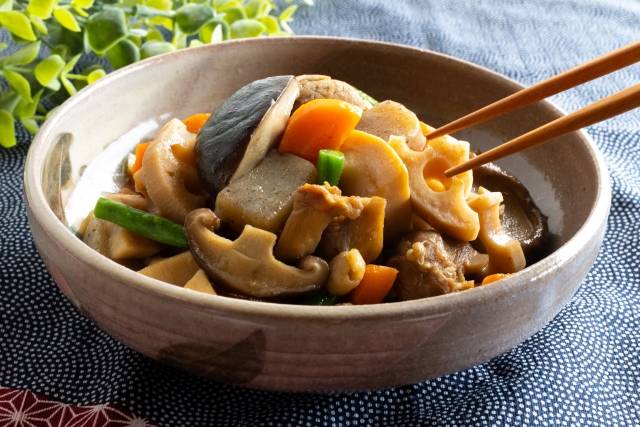
Nimono is a traditional cooking method in which ingredients are gently simmered in stock, making the most of seasonal ingredients. This method makes the ingredients soft and brings out the deep flavor. Nimono is a wonderful way to enjoy the beauty and rich flavors of Japan’s four seasons, and is also recommended for people from other countries.
Tempura
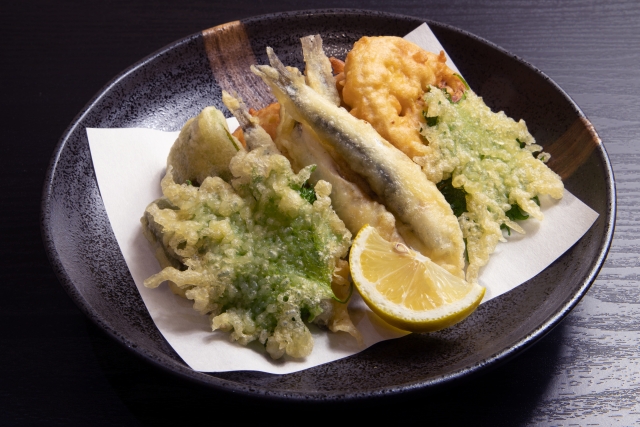
Tempura is a Japanese dish of fried ingredients in a light, crispy batter; common ingredients include shrimp, vegetables, eggplant, shishito peppers, and oysters. Tempura is an extremely appealing dish due to its crispy texture and fresh flavor. For people from other countries, tempura is a new discovery of Japanese taste, and is a dish where you can enjoy the crispy texture and flavor.
Oden
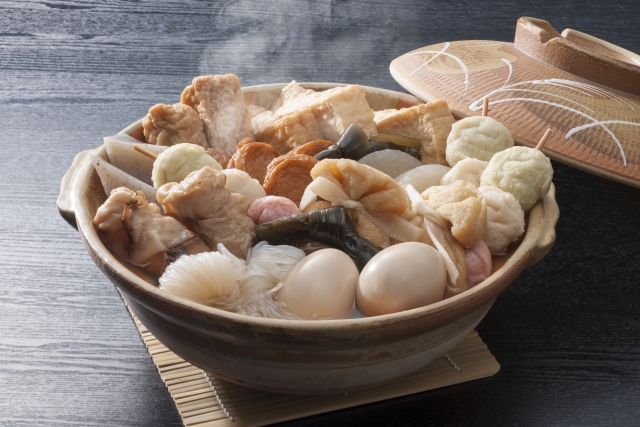
Oden is a Japanese light meal characterized by ingredients simmered in a flavorful broth. Common ingredients include daikon radish, eggs, konjac, and fishcakes like chikuwa. It is often enjoyed in a warm broth, making it especially popular during colder seasons. Oden’s simplicity and comforting flavor make it a heartwarming dish recommended for people from other countries as well.
Miso Soup
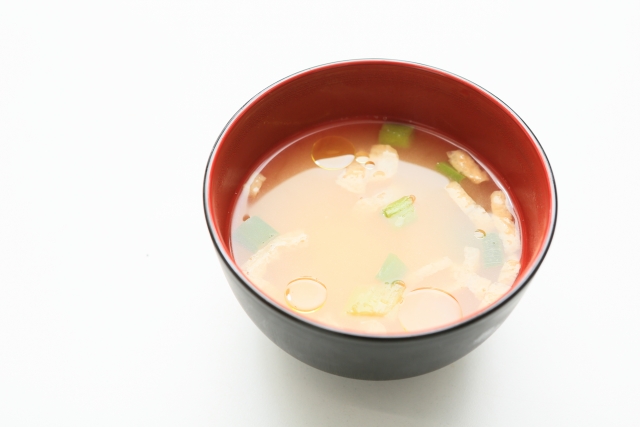
Miso soup is a staple of Japanese soups, prepared with a broth based on miso (fermented soybean paste) and various ingredients. It’s an essential part of the Japanese breakfast, known for its high nutritional value and its ability to warm the body. For people from other countries as well, miso soup serves as a wonderful example of healthy and delicious Japanese cuisine.
Each of these dishes has its own unique history, ingredients, and cooking methods, showcasing the diversity of Japanese cuisine. Understanding the history and characteristics of these dishes can enhance the appreciation of the charm of Japanese cuisine.
Washoku and Health
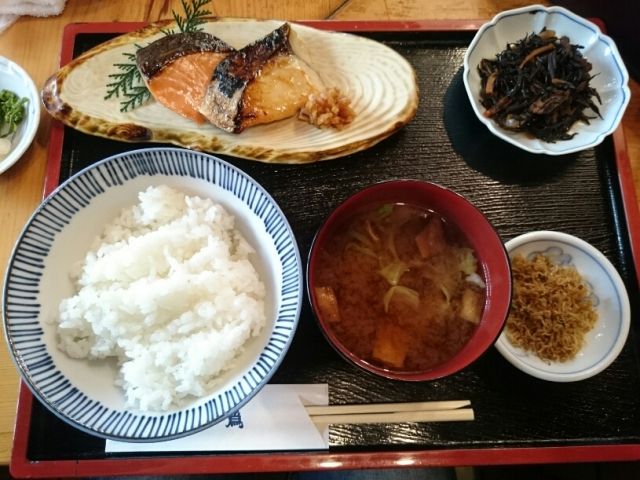
Washoku, or traditional Japanese cuisine, offers numerous health advantages and is often cited as a factor contributing to the overall health and longevity of the Japanese population. Let’s explore why Japanese food is considered healthy.
Washoku is characterized by its balanced composition, featuring staple foods, main dishes, side dishes, soups, and pickled vegetables. This balance ensures even nutrient distribution, helping reduce the risks of obesity and chronic diseases. Ingredients such as vegetables, fish, and seaweed are rich in antioxidants and healthy fats, contributing to a decreased risk of heart disease and cancer. Washoku also provides a high level of satisfaction through the use of fresh and flavorful ingredients. This promotes portion control and prevents overconsumption of calories. Furthermore, Japanese cooking methods focus on enhancing the natural flavors of ingredients, minimizing the use of processed and highly processed foods. This, in turn, reduces health risks associated with additives and excessive processing.
Frequent consumption of fish as part of Washoku is known to offer healthy unsaturated fatty acids, which are beneficial for heart disease prevention. Fish also provides high-quality protein, essential vitamins such as vitamin D, and crucial minerals. Overall, the balanced composition, focus on natural flavors, and the use of fresh, healthy ingredients contribute to the reputation of Washoku as a healthy and longevity-promoting cuisine.
How to enjoy Washoku
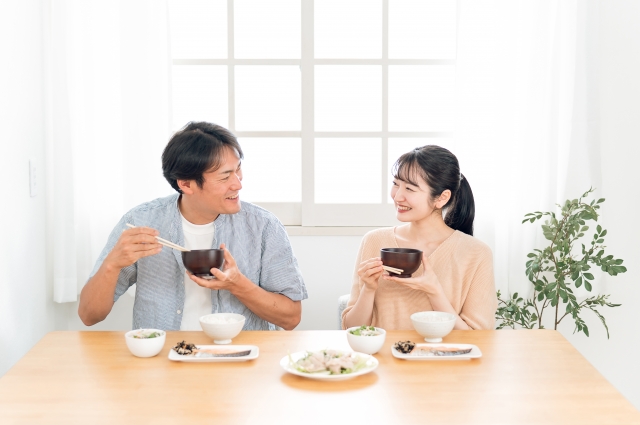
To enjoy Washoku, there are several methods and tips, whether you’re dining at a restaurant or preparing it at home.
When dining at a restaurant, you can visit local Washoku restaurants to savor the traditional flavors of Japanese cuisine. There are various styles of Washoku restaurants, including sushi bars, izakayas (Japanese pubs).
If you wish to prepare Washoku dishes at home, selecting fresh ingredients is crucial. Choosing seasonal ingredients enhances the flavors of your dishes. If you’re not familiar with Washoku cooking methods, you can refer to Washoku recipe books or online recipes to learn how to create delicious Washoku dishes.
Pay attention to essential seasonings and cooking techniques unique to Washoku, such as soy sauce, miso, mirin, and dashi stock. Proper usage of these seasonings can enrich the flavors of Washoku dishes.
Moreover, there are unique Japanese ingredients that play a crucial role in Washoku, including wasabi, yamaimo (Japanese mountain yam), natto (fermented soybeans), and beni shoga (pickled ginger). Exploring these ingredients will open up the diverse world of Washoku.
When enjoying Washoku, it’s also essential to be mindful of the table manners and dining etiquette specific to Japanese cuisine. Washoku provides an excellent opportunity to experience Japanese culture through food.
In this way, we have explained methods for enjoying Washoku and provided advice to promote the charm of Japanese cuisine. By experiencing Washoku, you can savor delicious dishes while feeling the traditions and culture of Japan.
Washoku is a culinary culture that values balance, seasonality, and aesthetics, and its charm is boundless. In this blog post, we introduced the basics of Washoku, its history, and key dishes. Your journey into the world of Washoku has only just begun. We encourage you to enjoy Washoku at your own table. Exploring new flavors and cultures is a wonderful experience. If you have any questions or requests, please feel free to let us know. In future blog posts, we will continue to provide new information about Washoku and Japanese food culture. We are grateful to all our readers.
Thank you for reading my blog so far. We will continue to introduce Japan’s attractive Japanese cuisine, so we appreciate your continued support.


Comment Comment